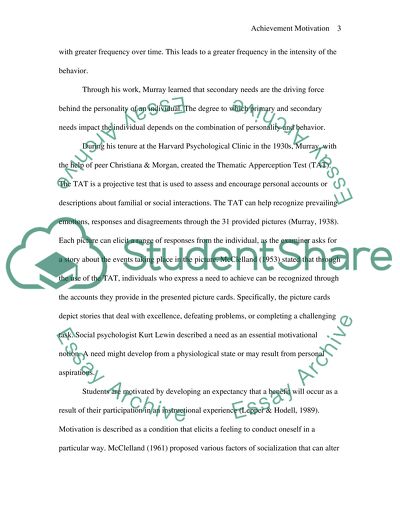Cite this document
(“Survey on human motivation using a Likert scale Research Paper”, n.d.)
Survey on human motivation using a Likert scale Research Paper. Retrieved from https://studentshare.org/miscellaneous/1587951-survey-on-human-motivation-using-a-likert-scale
Survey on human motivation using a Likert scale Research Paper. Retrieved from https://studentshare.org/miscellaneous/1587951-survey-on-human-motivation-using-a-likert-scale
(Survey on Human Motivation Using a Likert Scale Research Paper)
Survey on Human Motivation Using a Likert Scale Research Paper. https://studentshare.org/miscellaneous/1587951-survey-on-human-motivation-using-a-likert-scale.
Survey on Human Motivation Using a Likert Scale Research Paper. https://studentshare.org/miscellaneous/1587951-survey-on-human-motivation-using-a-likert-scale.
“Survey on Human Motivation Using a Likert Scale Research Paper”, n.d. https://studentshare.org/miscellaneous/1587951-survey-on-human-motivation-using-a-likert-scale.


